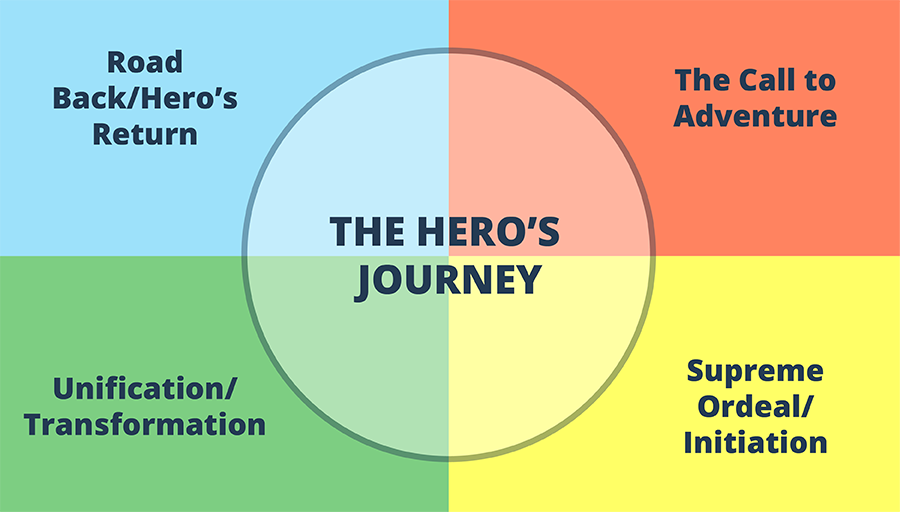
There are many examples of such environments, including areas that are host to tsunamis, cyclones, hurricanes, tornadoes, earthquakes, floods, bushfires, and volcanic activity, as well as those regions that are prone to chronic acts of terrorism. With the escalation of climate change and world-wide terrorism, and the concomitant increase in man-made and natural disasters, social workers and other mental health clinicians may find themselves exposed to and practicing in environments that could be characterized as traumatogenic. Agency settings can provide the necessary education, supervision, and support to mitigate the negative effects of shared trauma. Discussion involves the importance of articulating one’s own trauma narrative and attending to self-care prior to resuming clinical work, as well as opportunities for enhanced therapeutic intimacy and caution regarding boundary alterations that may result from clinician self-disclosure. Case vignettes from clinicians in Manhattan and Sderot, Israel are provided to illustrate the transformative changes that clinicians may undergo as a result of dual exposure to trauma. Shared trauma, by contrast, contains aspects of primary and secondary trauma, and more accurately describes the extraordinary experiences of clinicians exposed to the same community trauma as their clients.

Concepts describing secondary trauma phenomena do not adequately capture the profound impact that collective catastrophic events can have on mental health professionals living and working in traumatogenic environments.


 0 kommentar(er)
0 kommentar(er)
